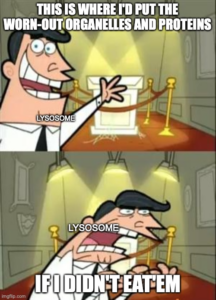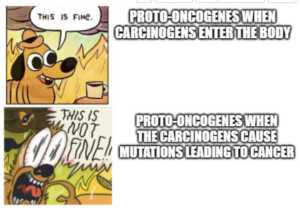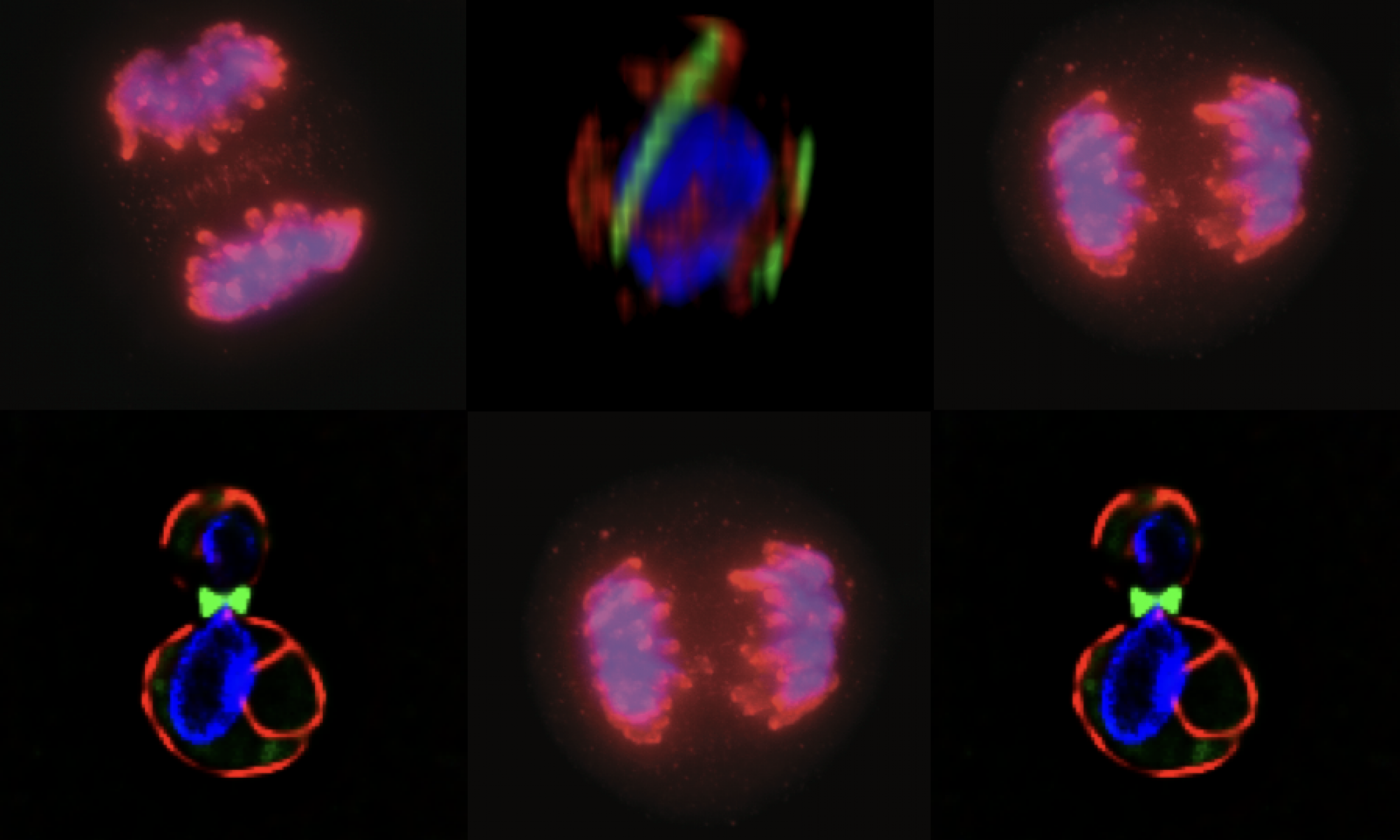My love of cell biology and BIS104: I have taught BIS104, our upper level cell biology course, since I started at UC Davis. Although not currently my main teaching responsibility, I still love teaching this course in the summer. Hopefully, I can inspire students to think about how cell biology interfaces with all of the complex biology of the world.
Course: BIS 104 Cell Biology is the capstone of the upper level BIS core that all Biological Sciences majors take. We will explore a variety of sub-cellular processes, focusing at the molecular level using genetic and biochemical approaches learned in other courses. Topics focus on membrane structure and function, protein trafficking between organelles, interactions between the cell and its environment, regulation of the cytoskeleton, the cell cycle, and intracellular signaling. Examples of cellular processes will mostly be from animal cells, but we will also explore cell biology of microorganisms and plants. Experimental approaches to uncover the molecular mechanisms will be stressed. Importantly, we will relate how the studied processes relate to human disease, including cancer, immune function, and bacterial infection.
Student Learning Objectives:
- Compare and contrast bacteria, plant and animal cells. Explain cell theory in an evolutionary context.
- Understand how molecular machines function to regulate cellular processes.
- Use experimental approaches in genetics and biochemistry to dissect molecular and cellular pathways and regulatory mechanisms.
- Explain how cells use dynamic molecular machinery to generate complex and highly organized structures of the cell.
- Describe how cells communicate with one another and their environment.
- Understand how cells switch between differentiation and proliferation and how defects in these decisions lead to diseases including cancer.
- Recognize the contributions of model systems, such as bacteria, yeast, flies, worms, mice, plants, and tissue culture cells, to our understanding of cellular processes important for health, agriculture, and industry.
- Describe at a molecular level how defects in many cellular processes lead to diseases, including cancer, and how various pharmaceuticals target cellular processes.
- Apply the promises and limitations of research in cell biology to make decisions in every day
Update Remote Version of BIS104
The summer of 2020 included our continuing challenge to deliver complex material on cell biology remotely. With no in-person connections possible, I changed the structure of this offering in ways that worked surprisingly well.
- I used “live capture” videos of lectures from last summer that were given in front of a live audience. I hope this captured the energy I have when in front of students while providing new ways for students to use asynchronous material to their advantage. I did make one series of new lectures on immunology and how it connects SARS-CoV-2 to our cell biology.
- Class meetings (two of the three scheduled lecture times) were used to review the material in the asynchronous videos and practice exam type questions. I think this worked well for most students. These sessions were also recorded for asynchronous viewing. Students asked an incredible volume of high quality questions. I believe this had a very positive impact on their understanding.
- Office hours were expanded to include evenings as well as the third scheduled lecture time in order to field additional questions from students.
- The biggest bummer for me personally was not “seeing” students. The myriad of small black boxes can feel surreal and it’s easy to begin to believe that your words are reaching no one.
- To help students engage more, I provided them bonus points to create cell biology related memes. The goal was to use imagery that they identified with to explain some cell biological concepts. I received dozens of fantastic (and often hilarious) graphics. Here are a couple of examples: Evania Muljono (evil lysosomes) and Kiran Sekhon (proto-oncogene freak-out).


